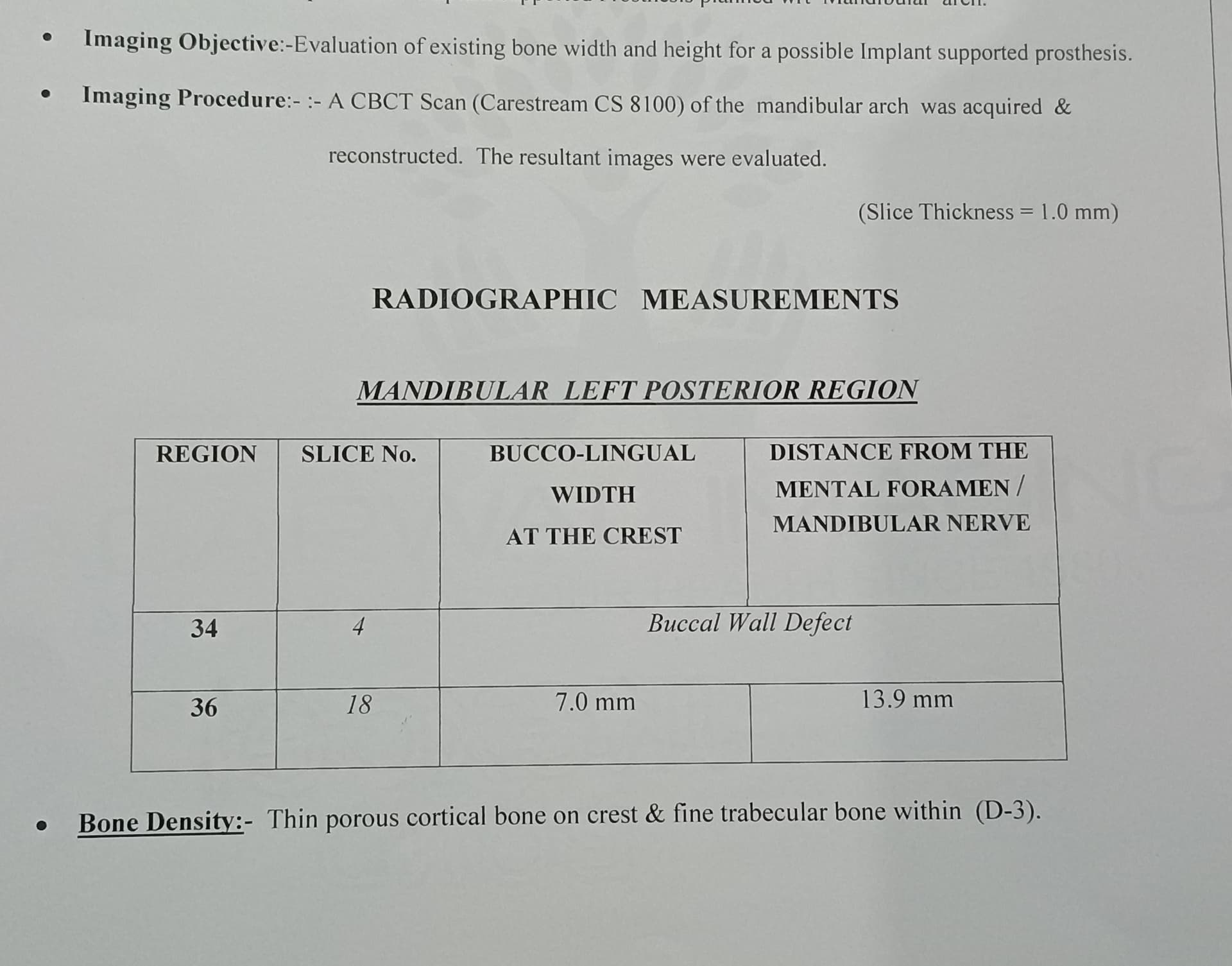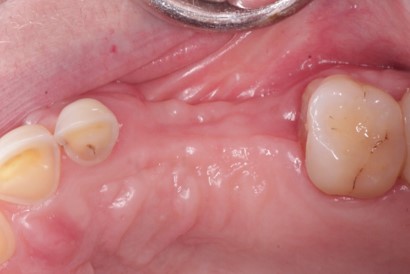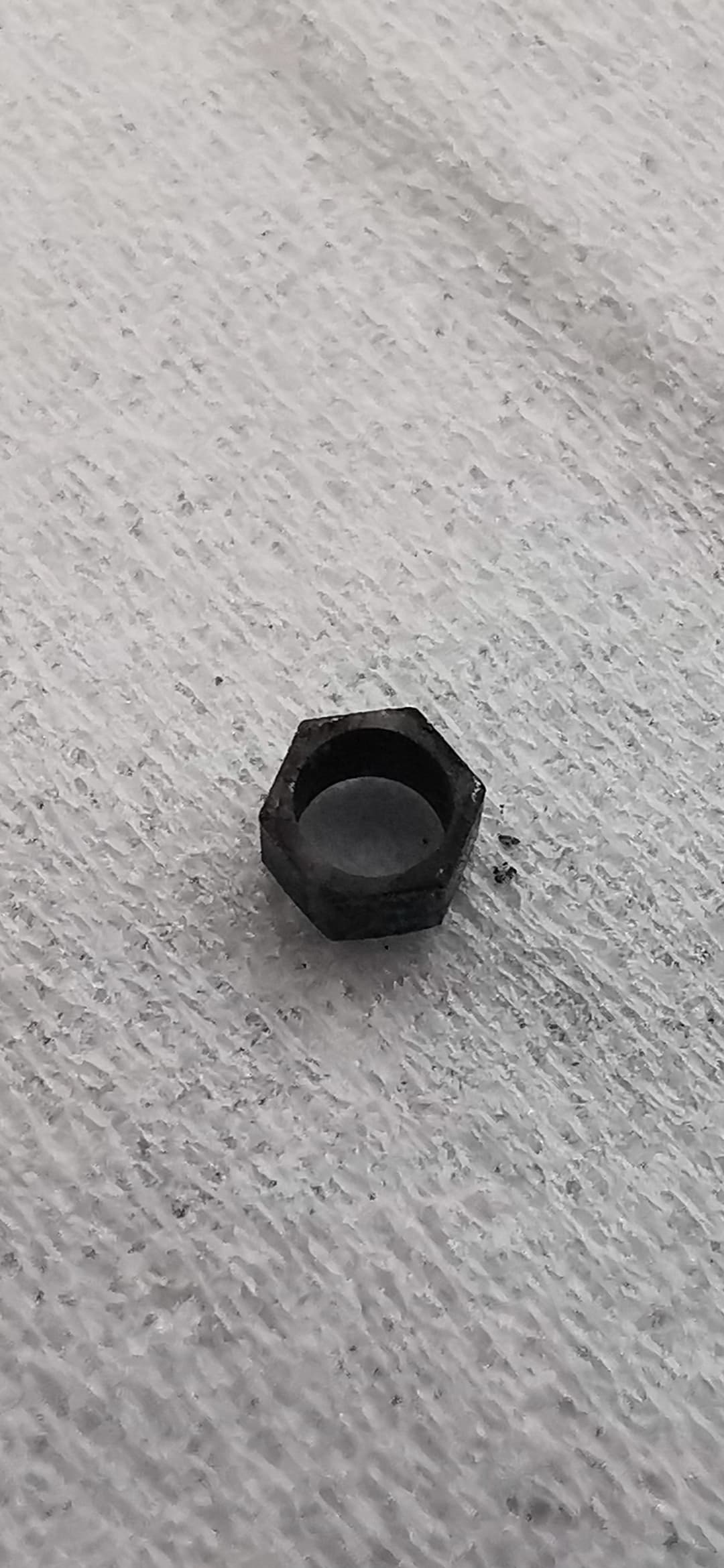MAX Tapered Implant System: Immediate Placement into Molar Extraction Socket?
Dr. I. asks:
I have just heard about a new implant system called the Max Tapered Implant [Southern Implants], which is 8-9mm wide and can be inserted into a molar extraction site and provide sufficient primary stability for immediate loading. Because of its wide diameter, it decreases the amount of bone graft material needed. This is supposed to function just like the conventional implants we placed into extraction sockets for single rooted teeth. Though the idea sounds solid, is there any long-term data on this implant system? I also wonder about longevity and compression necrosis? Any thoughts?
16 Comments on MAX Tapered Implant System: Immediate Placement into Molar Extraction Socket?
New comments are currently closed for this post.
JW
9/2/2008
Haven't heard about this particular system (I'm in California), but many systems are coming onto the market over and over again. Assuming the implant design is relatively sound (roughened surface, root-form, threads), I still have a few concerns with a fixture that wide. First, where are you placing it? I assume you are talking about immediate implants with immediate loading. Unless you are placing it in the tri-furcation area (ala Fugazzotto), you run a huge risk of dehiscing. Second, with a fixture that wide, how much residual bone is remaining at the buccal plate. Anything less than 1mm and the bone is going to go bye-bye. Third, as you point out, immediate loading protocols are based on primary stability, not fixture diameter, so there is that delicate balance between fixture width/length and residual bone. Fourth, with the dual effect of poor bone quality and increased occlusal load in the posterior, I would worry a bit about not having cross arch stability or protective occlusion. Just a few thought, let me know how they turn out, as I probably will never see this implant in a peer reviewed journal
JW
9/2/2008
I just went to their website and will take a look at them at the AAP meeting. FYI, they come from that hotbed of implant research, Irvine. The extreme taper of the root form worries me, as I would think that even with the hope of obliterating the socket, there might be some concern with pressure necrosis of the bone in that area. They also make an angled fixture to accomodate angulation problems. I would want to see serious literature review (or the balls of steel) before I would start placing such a different design in my patients.
JJ
9/2/2008
why would you ever want to replace a molar tooth with an implant 1 1/2 times of the natural root? Look at the ohio state studies when companies tried to come up with a 6mm or 7mm implant. gosh, think about your patients first before trying to save time or money on the procedure.
Dennis Nimchuk
9/2/2008
There may be a place for this huge tapered implant. Obviously intended to be used as a single stage surgery. The key is get adequate primary fixation and not go into the sinus. As to the comment on pressure necrosis, this seems to be some type of boogyman that keeps coming up. I have scoured the literature and there is no study or substantiation that such a thing actually occurs. I'd like to hear if there is in fact anything other than anecdotes about pressure necrosis.
J. Meyer
9/3/2008
Southern implants company is based in South Africa - I'm generally a Replace Select and Ankylos user, but use Southern from time to time. Also used the max implant in upper 6 areas - the concept is good, but not that easy [I'm doing implantology since 1993], I don't think I would immediate load it either, but it does minimise the surgery
Giepie Nel
9/3/2008
I am a dentist in South-Africa and have used the Maxi Implant with great success. Obviously the case selection is very important. As with normal protocol of primary stability, not loosing bone with extraction etc. in place, there is a definite place for the Implant. Very seldom I have experienced that after an extraction of a upper 6, that you do not have to do any augmentation if you want to place a implant a few months later. With the Maxi you side step that problem. The implant was designed by an prostodontist from South-Africa in conjunction with Southern Implants, the Implant Company in South-Africa. There is a lot of research and statistics available about the implant. As with all new concepts the learning curve is difficult but obtainable. Thank you.
Dr Andrew Ackermann (Pros
9/3/2008
I have been using the MAX implant from April 2005 to date and have completed a substantial number of cases with very good outcome. We presented this concept and early results at the AO in San Antonio 2007 (see winner of Best Clinical Innovation) and have subsequently completed a multi-practice retrospective study, in collaboration with a European University, which will be submitted for the AO meeting in San Diego. Implant survival was 95.5% with 0.35mm mean bone loss over a 14 month mean follow-up (range 3-34 months), for 66 implants in 52 patients. A specific surgical protocol with unique tooling has been evolved to place the MAX in such a way that the critical buccal plate concerns are correctly addressed. The surgical protocol requires some specific knowledge of the concept and certainly more than a beginners experience with implant surgery. The ability to place the MAX in immediate molar extraction sites enables us to avoid the morbidity, time delay and expense of bone grafting the delayed approach sockets which are such a frustration to us otherwise. This has been a major benefit to our patients. I use immediate loading of the MAX only where the specific criteria can be met, but certainly not in the single implant context. The MAX concept has substantially changed the way we treat maxillary and mandibular extraction sites.
Dr George Zorogiannidis
9/4/2008
I completely agree with Dr Ackermann concerning the abillities of the MAX implant. It has a very good design and because of this it can help a lot concerning difficult wide sockets for both upper and lower cases. I have used it in some very specific cases from which one was the socket of a lower third molar because of lack of bone width in both the first (half) and second molar sites and connected it with a bridge to two implants (5 and 4 mm diameter) in the site of the mesial root of the first molar and first premolar. The patient wanted to have all his teeth. This case is in the third year now and was a great success. As far as the other cases I have done I didn't have any failure yet.
Dennis Thompson
9/16/2008
I would caution you against using a system that is more titanium and less bone. Think about it for one minute: what holds the implant in? the bone. You can easily graft around the implant body and attain a much more substantial supporting structure than obliterating the socket with this monster. Be careful what you wish for.
Ken Clifford, DDS
9/17/2008
Hmmm, less titanium, more bone. Minis anyone?
Dr S SenGupta
9/18/2008
This sounds pretty cool to me
I have always liked the idea
It addresses all the biomechanical principles involved in restoring a large tooth and reduces complexity of grafting waiting and placing usually 2 imlants for a molar
Emergence profile will be nice and platform switch is a nice bonus with this system
Agressive looking thread with good primary stability.
It has to be said though the larger the implant the less relative surface area to volume ratio
Dr. J
2/13/2009
I have used the Max implant in the posterior region first molars. I can tell you this implant is genius. You gett reall great immediate stabilization and the 8mm wide implant is almost always used. I am compiling a video library for the company right now of all the procedures I do with the implant. Guidlines for placement is to be 2mm away from the buccal plate and 2mm subcrestal. IN terms of immediate load....I dont do it. ITs the posterior tooth and why chance it. Especially when placing a single implant. Cross arch stabilization is different. I can admit when first looking at your post op xray its looks very different and odd, but so does a titanium screw drilled into your head. As with anything new in dentistry and especially implant dentistry, its a philosophy that one musy buy into. IF you dont believe it, wondeful but don't be arrogant enough to tell others it doesent work when it actually does. If I had an option for MY MOUTH to have on surgery and not have some dude tapping the crap out of my maxilla and not have to wait a whole year to do the case i would definitely try out a max (if it fails ususally like most implants within the first 6 weeks) then we can take it out and graft and do the conventional way. Don't discard new philosophies so fast. Study it, research it and then decide if it will be successful in your hands and then implement it into your practice or don't.
PRessure NEcrosis....Give me a break..how about being more accurate and saying thin buccal plate, fractures buccal plate because of increased pressure upon implant placement,not enough bone graft placed, no primary closure, smoker and on and on and on....Your implant carrier will fracture at 70-90NCm so dont worry.
P.s. when you put that fat molar on the implant it doesent look like a mushroom on a stick anymore because the implant is the correct diameter. BUt once again it is not for everyone!
What I like about The max as opposed to the Bicon is the prosthetic ability, it has a morse taper and synocta connection unlike a bicon that is press fit. Prosthetics is the key!!!
Dr. Moss
2/22/2009
Titanium Deficient? If so then place this. If not then do it the way it was supposed to be done! Graft! This is coming from a company that is constantly copying other systems and pass it off as their own.
Dr. T
4/12/2009
I bought this deal from them, buy 10 and get a free kit. I placed 4 and I have six left which I am not placing and it is a loss. Out of the four I placed, zero have integrated. You do the math. Be very leery.
Jon
4/28/2009
I bought southern max IT 4 of them. placed 3 and two failed....NEver placing them again...Trying megagen only time will tell....MEgagen seems better. I am only placing 10mm lengths from now on...
Chris Wood
2/1/2018
How many times have I heard the “I placed X number of X implants and X of them failed “ B.S.? I’ve heard it about Nobel, Biohorizons , now southern... I’m sure your technique, experience and skill had nothing to do with it. Quit blaming the TI.
BTW- the post saying it will never show up in a referred journal? Read this months J of Perio and Restorative. Then see if you were doing it right before your predjudices are aired.


















